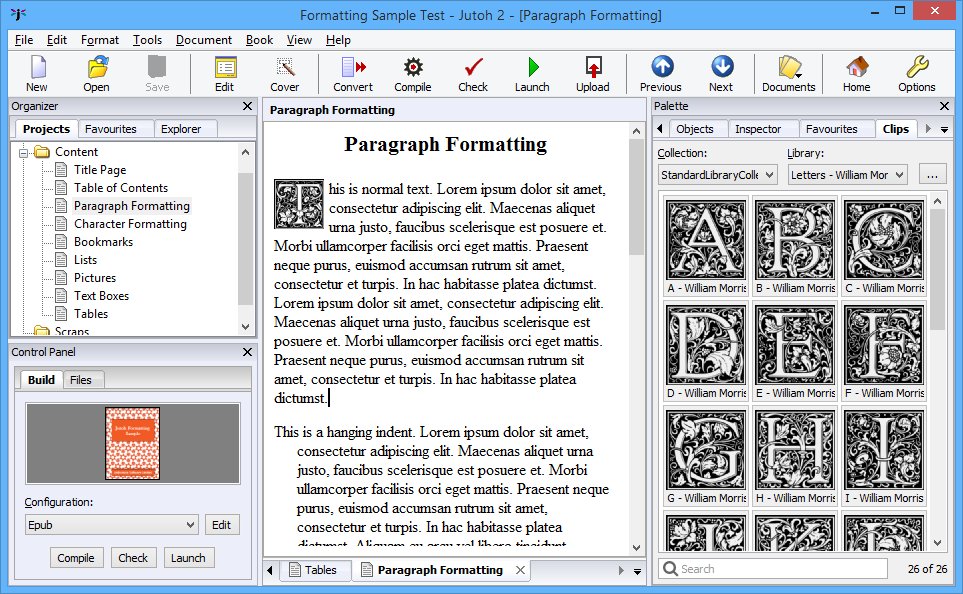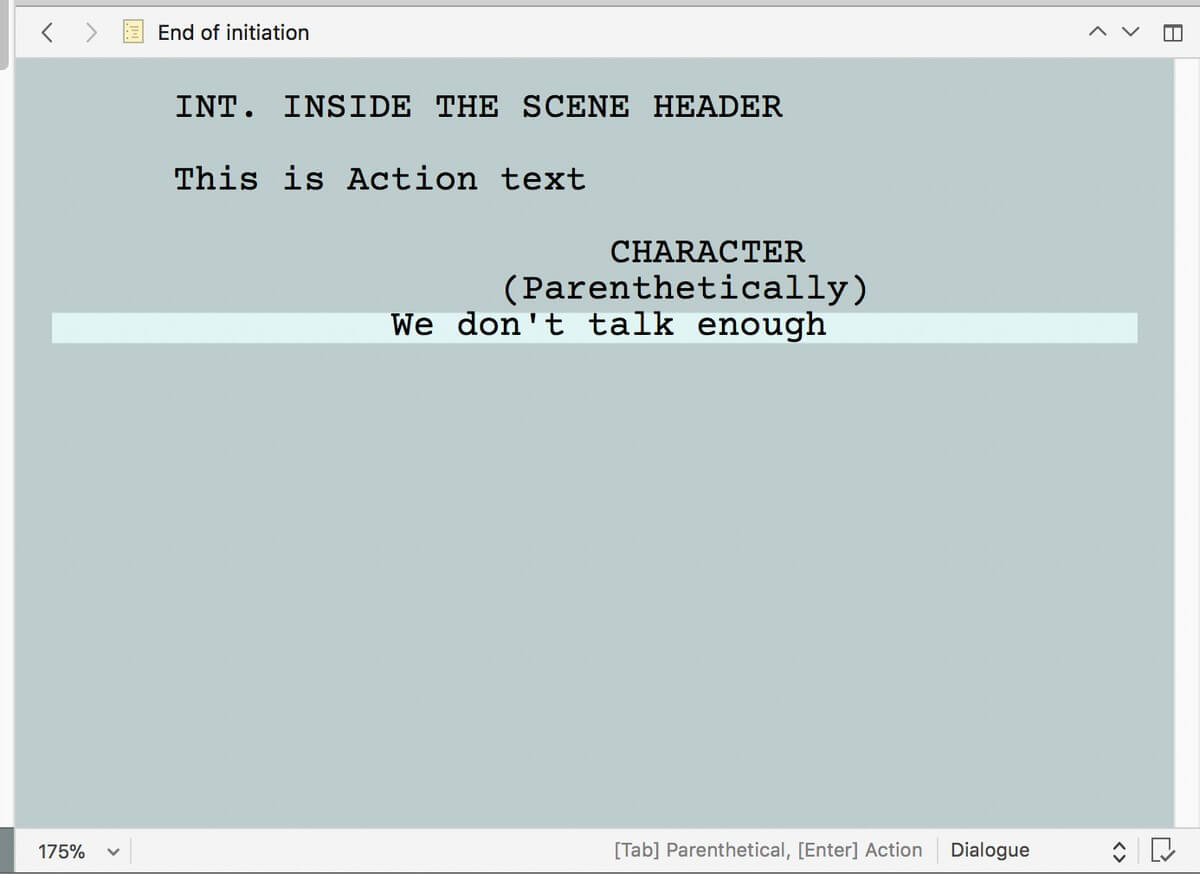

Word is notoriously finicky for formatting ebooks, and Scrivener creates ebook files with unsightly gaps between words. JutohĪfter the editing stage, you’ll likely format your book for e-reading devices. If you hire a copyeditor, your copyeditor will most likely work in Word (and if she doesn’t, and she charges by the hour, you may pay more for editing than you should).
#Jutoh vs scrivener free
This free 20-Minute Macro Course will teach you how.įor the record: while I do everything to make my writing as polished as it can be, I know that I’m not the best person to copyedit my own writing. If you can cut and paste, you can learn to use a macro.
#Jutoh vs scrivener pro
Upgrading to the Pro version ($60) will allow you to run macros-tiny programs that automate hours-long editing tasks with a few clicks. The free version mirrors many of Word’s powerful features. If Word isn’t in your budget, try WPS Writer(part of the WPS Office suite).
#Jutoh vs scrivener professional
Most professional editors use Word for editing, and with good reason. My tool of choice for automated editing tasks is Microsoft Word. As a professional editor, I know that there are ways to automate editing tasks, which helps with efficiency, but more importantly, helps me to catch errors I’d otherwise miss. While Scrivener has track changes and comments features, it isn’t my favourite tool for editing my writing. This handy Scrivener cheat sheet will get you started.

Assign coloured labels to files in Scrivener You can also set word count targets, which can help you reach your daily or weekly writing goals. Scrivener will let you store your book alongside research notes and pictures, and it has nifty colour coded labels that can help you to indicate your progress on a section of writing. If you’re a plotter, panster or tweener, you can begin writing your book from the beginning or middle because you can arrange your book’s sections with ease later. Scrivener shines in the way it allows writers to arrange and manipulate sections of a book. These three tools are the best tools for the jobs I do… Scrivenerįor writing book-length works, I haven’t found a tool that beats Scrivener. The smartest thing you can do is choose the best tool for the job. No tool is designed to do everything, and using some tools for editing, for example, is akin to using a spoon to dig a hole to plant a tree. Sure, it’d be wonderful if one tool could do it all, but I haven’t found that tool (let me know if you have). The tools I describe below meet all of these criteria. have adequate support in the way of tutorials, videos, guides, forums, or someone to answer questions, if necessary.not take too much time to learn (there is only so much time for steep learning curves when you’re a jack-of-all-trades).be inexpensive, from a cost-per-use standpoint.These are my criteria for choosing the tools I’ll use… Below, I’ll share with you the three tech tools that I use for my self-publishing workflow. Tech tools can help with tasks once handled by traditional publishers. These tasks require authors to be more tech aware than ever before. Self-publishing authors are doing everything that traditional publishers once did: writing, editing, and designing and formatting books.


 0 kommentar(er)
0 kommentar(er)
